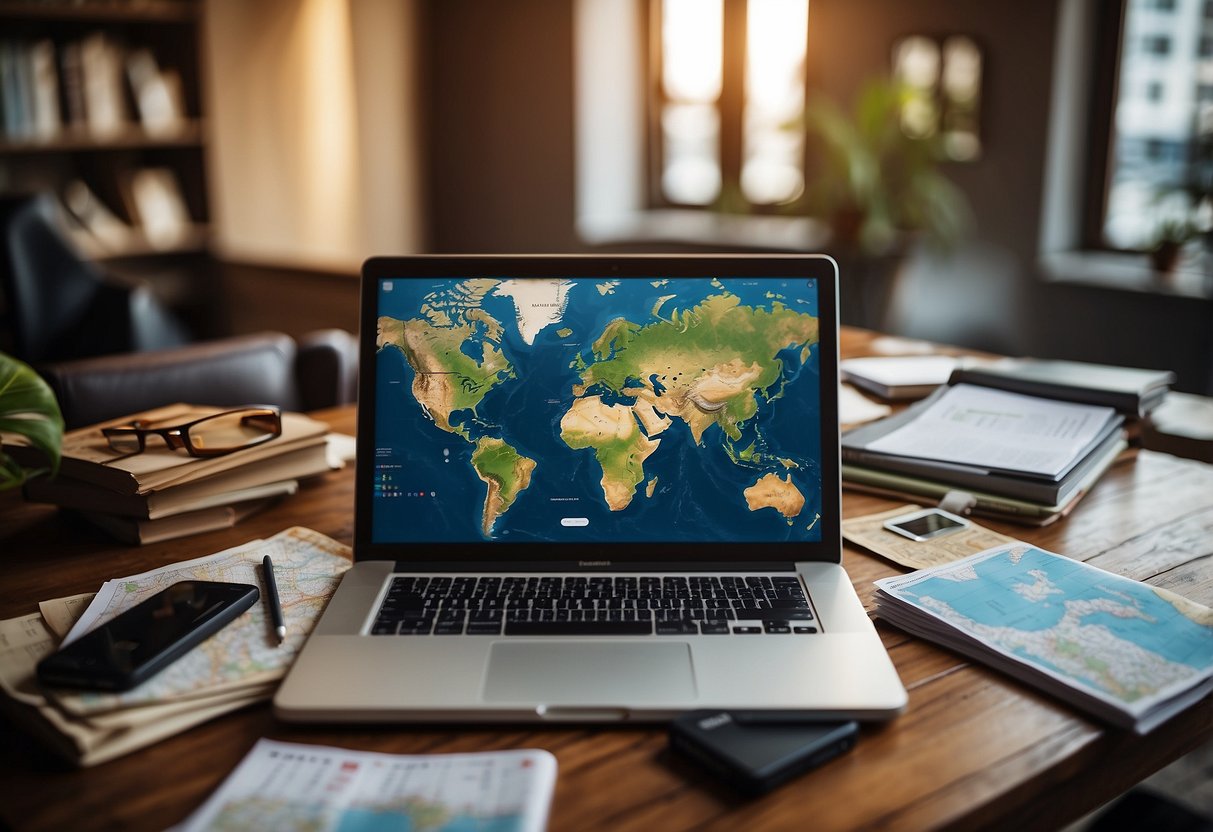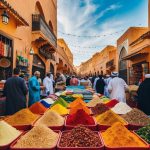How to Create a DIY Travel Itinerary: Essential Tips and Tools
Setting Your Travel Dates

Selecting the ideal travel dates involves synchronization with special events and considerations of seasonal weather patterns. Accurately aligning these factors ensures an enjoyable and memorable trip.
Aligning Dates with Special Events
When deciding on travel dates, it’s essential to check the calendar for special events in your destination. Festivals, cultural celebrations, and local holidays can enrich your travel experience significantly. Attending events unique to the destination can provide insights into local traditions and offer unforgettable experiences.
Each destination has its own calendar of events, which can affect accommodation availability and prices. It’s wise to research in advance and book your stay early if you plan to attend popular events. Additionally, consider how these events might impact transportation and local crowds. Planning around a major event can save time and enhance your travel experience.
Accounting for Seasonality and Weather
Weather and seasonality play crucial roles when setting travel dates. Different times of the year offer varying experiences in terms of climate, activities available, and tourist crowds. For example, some destinations have a peak tourist season with ideal weather, but this may also mean higher prices and more tourists.
Choosing the shoulder season, just before or after the peak period, can provide good weather and fewer crowds. Checking historical weather patterns and forecasts can help in making an informed decision. Be aware of monsoon seasons, extreme temperatures, and other climate factors that could impact your plans.
By carefully evaluating these aspects, travelers can ensure that their journey is both enjoyable and well-timed. Each destination requires a different approach, making these considerations vital for a successful trip.
Budgeting for Your Trip
Planning a budget for your trip involves estimating all costs, including accommodation, transportation, and daily expenses. It also includes finding deals to save money and comparing prices to ensure you get the best value.
Estimating Costs for All Aspects of the Trip
When estimating travel costs, it’s crucial to consider all aspects of the trip. This includes flights, accommodation, meals, local transportation, and activities. Flights and accommodation often make up the largest portion of the budget.
To start, check flight prices using multiple search engines for the best rates. For accommodation, look at options ranging from hotels to vacation rentals and hostels. Pre-booking activities and tours can also help manage expenses. Meals and daily expenses should be estimated based on the destination’s cost of living.
Consider unforeseen expenses by adding a buffer to the budget. Ensure all travel documents, insurance, and emergency funds are accounted for when planning.
Finding Deals and Comparing Prices
Finding deals is essential to stay within budget. Utilize travel deal websites and sign up for alert services to get notified of discounts on flights and hotels.
Comparing prices across several platforms can help find the best deals. Look at different booking sites and consider booking packages that include flights, accommodation, and some activities. This often yields savings.
Leverage loyalty programs or credit card points for additional discounts. When booking transportation, check for deals on trains, buses, or car rentals. Comparing prices and using available deals ensures a cost-effective trip.



